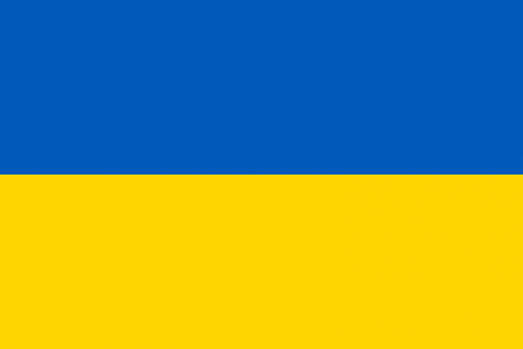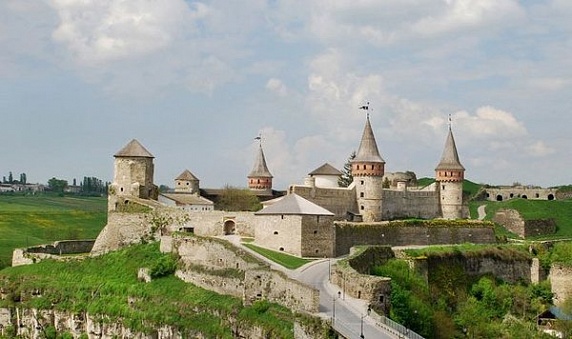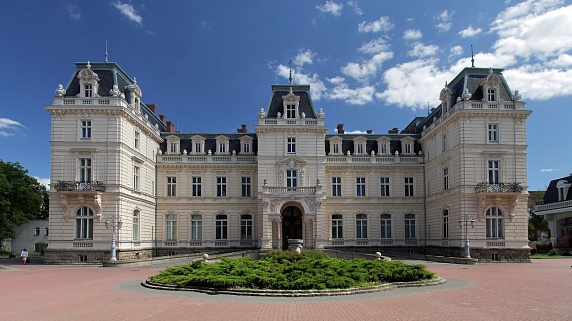 Ucrania
Ucrania
Comment by the official representative of the Ministry of Foreign Affairs of Russia, Alexander Lukashevich, regarding the statements about the “concentration” of Russian armed forces in the regions bordering Ukraine
With regard to the affirmations distributed by the mass media at the instigation of some politicians from the United States and other NATO countries about the allegedly "threatening" deployment of units and groups of Russian armed forces on the border with Ukraine, the following should be noted.
The practice of interaction of the OSCE member states (all NATO countries, including the United States, are members of this body) has well-developed and quite secure mechanisms to "obtainpainkillers" in the form of ground and air inspections under the Vienna document of 2011, as well as observation flights according to the Treaty on Open Skies.
All those, who wanted to learn the state of affairs in the regions bordering Ukraine, were provided with the possibility of carrying out such actions. Official reports of inspectors were the result of this work, and they were provided to all OSCE member states. We thought that the objective information contained in them must have become the subject-matter of an unprejudiced analysis and a basis for further conclusions. Then what? – did they find any signs of Russia's military threat towards Ukraine?
Nothing of the kind. Four international inspections under the document on trust-building and security measures of 2011 with the participation of representatives from Latvia, Germany, Switzerland, Finland, Estonia, Belgium, France and Ukraine this March, in the European part of Russia, have not found any "aggressive preparations" and have not established any military actions other than those applied for.
Even the Ukrainian inspection group, which visited the Belgorod region on the 18 – 20 March, agreed that there was no large-scale military activity. Three battalions of landing forces of the Russian armed forces, outside their permanent location (i.e. on training) can hardly be considered a sign of "a threatening build-up of military power".
Apart from these inspections under the VD of 2011, the United States and Germany, as well as Ukraine under the Treaty on Open Skies, made observation flights above the Russian territory along the border with Ukraine. Official results of such flights will be known later, after photographic materials are processed. However, we may suggest that if any signs of large-scale concentration of armed forces had been found, our partners would not delay presenting "factual evidence". It means that there is no such evidence.
We have some questions with regard to the above mentioned. What is the purpose of verification activities in the military and political area, if their results do not affect practical policy and, in particular, the shaping of the approaches of the United States and NATO countries towards the assessment of the situation around Ukraine? May be the cause is that objective information collected by military inspectors is not reported to political authorities. Or these authorities, give way to emotions and tend to ignore facts in favour of their own political tastes and preferences.
In any case, our western colleagues give reason to doubt the efficiency of the CSBM, including its verification activities, from the point of view of confidence and security-building. We will take this into account in our further work on the improvement of the Vienna document and when reviewing our respective initiatives within the framework of the OSCE Forum for Security Co-operation.
28 March 2014








